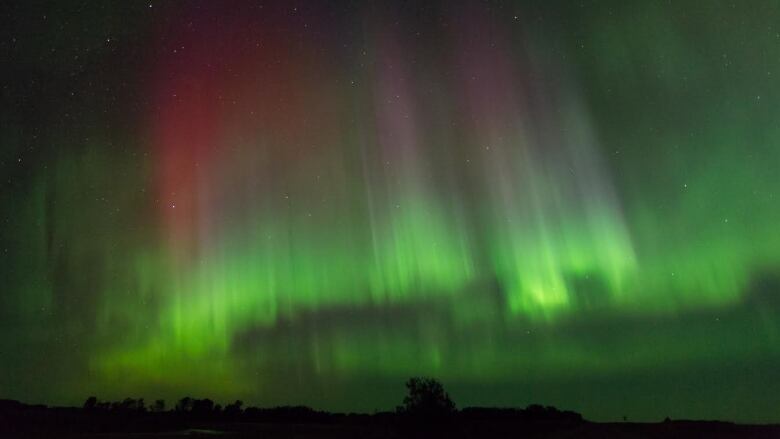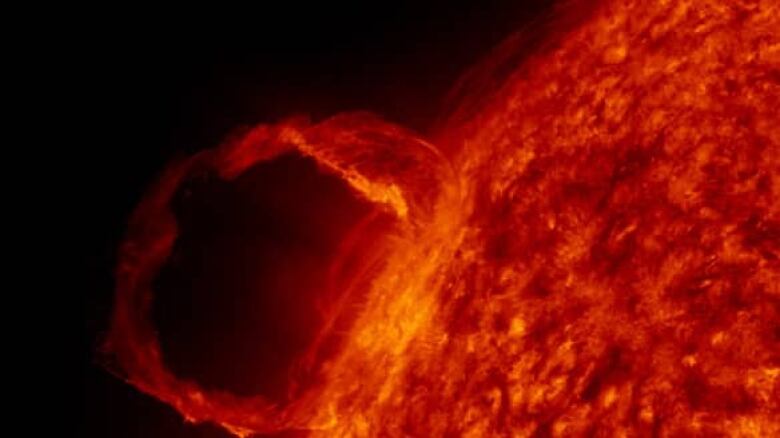Northern lights: Auroras expected after 2 huge solar flares erupt
Strong geomagnetic storm expected from combined effect

Two powerful blasts from the sun are hurtling towards Earth, and may generate beautiful auroras as far south as Pennsylvania tonight and tomorrownight along with possible power and communications disruptions.
"A G3 (Strong) Geomagnetic Storm Watch has been issued for September 13th due to the combined influence of these two events,"reported theNOAASpace Weather PredictionCenterin Boulder, Colo. early Thursday morning.
It recommended looking for possible auroras both Thursday and Friday night.
Blasts of charged particles, called coronal mass ejections or CMEs, were unleashed by a pairof solar flaresexplosions from the surface of the sun on Tuesday and Wednesday.
If suchsolar charged particles hit the Earth, they can interact with our planet's magnetic field to generate a geomagnetic storm. That, in turn, can disrupt power grids and satellite and radio communications, including GPS navigation.

On the upside, geomagnetic storms can also give rise tobeautiful auroras or northern lights moving "curtains" of red and green lights that appear in the night sky when nitrogen and oxygen are excited by the storm in Earth's upper atmosphere.
The more recent of the two solar blasts was a powerful X1.6-class flare that erupted on Sept. 10 at 17:46 UT (1:45 p.m. ET), reported the NOAA Space Weather Prediction Center.
The initial UV radiation from the explosion disturbed high-frequency radio communications for more than an hour on the side of the Earth facing the sun, reported spaceweather.com, a space weather news site maintained by Tony Phillips, who also writes NASA's Science News.
The CME itself was expected to arrive late Friday, and was expected to give rise to a strong geomagnetic storm Saturday that could disrupt power systems, GPS and high-frequency radio communication, the Space Weather Prediction Center reported shortly before 1 a.m. ET Thursday.
It added that auroras may be seen as far south as Pennsylvania, Iowa and Oregon as a result of the storm.
An earlier CME erupted from an M-class flare, the second-most-powerful kind, Tuesday at 00:30 UTC (8:45 p.m. ET Sept. 8). It was expected to graze the Earth, causing a minor solar storm starting Friday.
Both solar flares erupted from a sunspot called AR2158. Sunspots are darker, cooler areas of the sun where solar flares generally erupt.












_(720p).jpg)


 OFFICIAL HD MUSIC VIDEO.jpg)
.jpg)



























































































